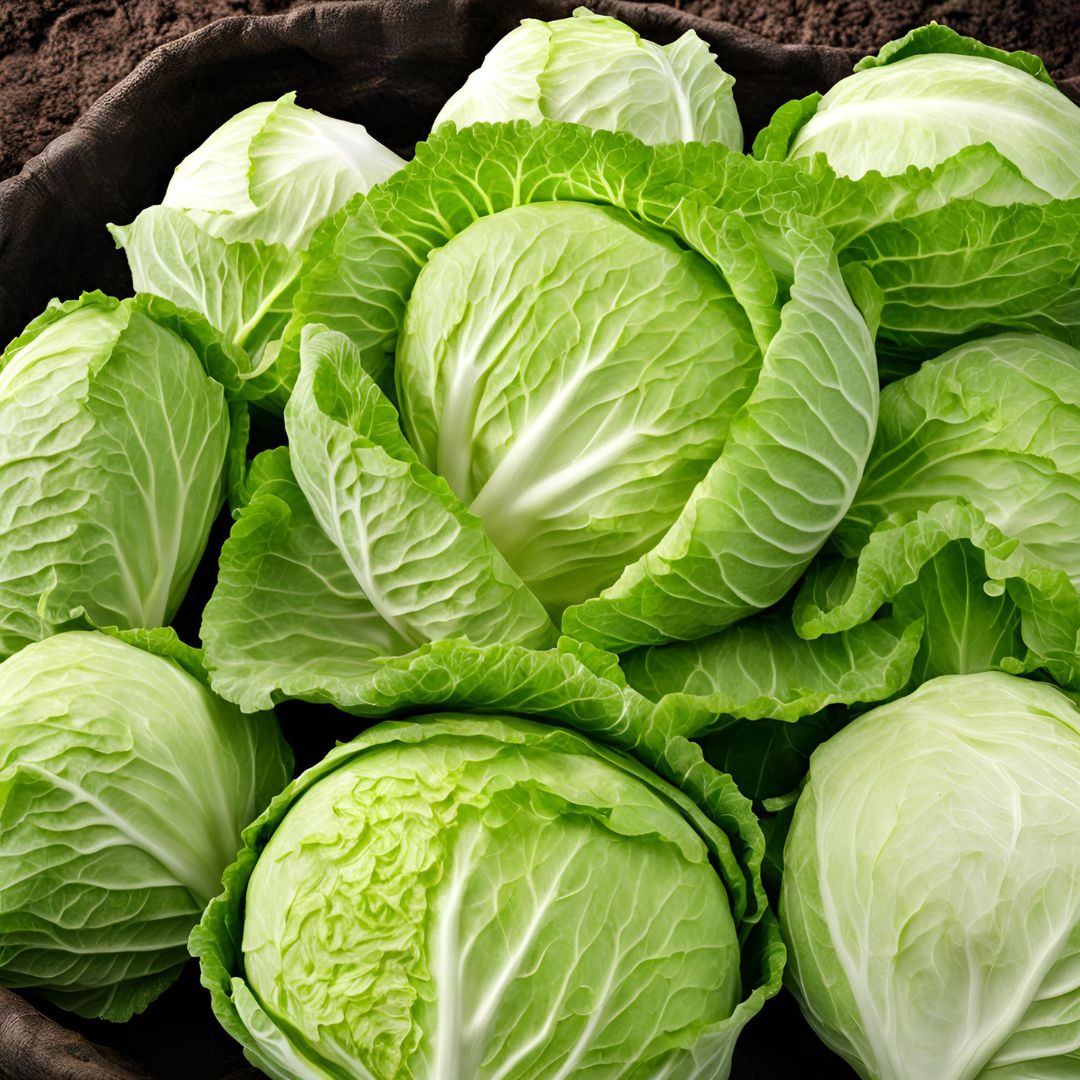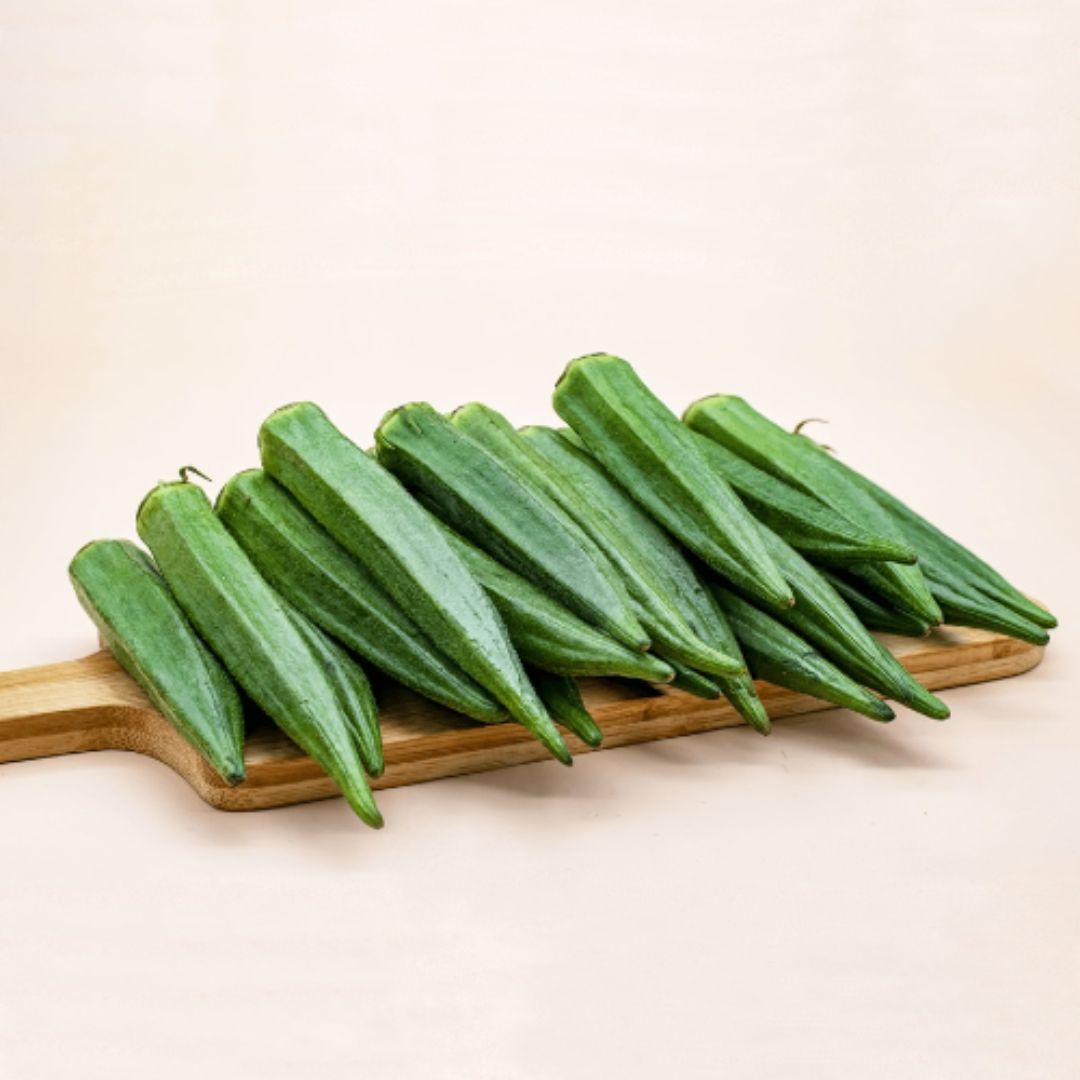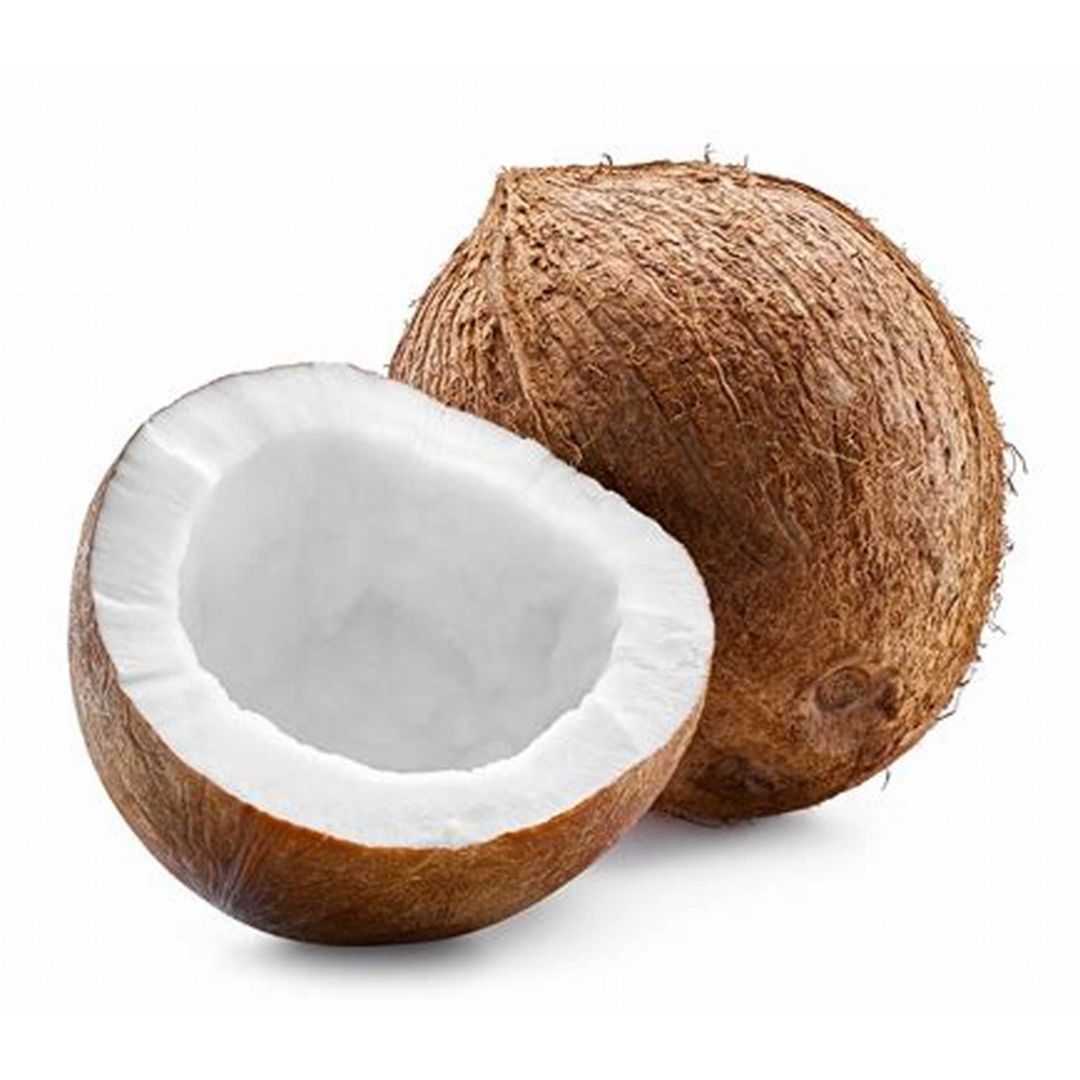Major Varieties of Indian Cabbage
1. Green Cabbage:
o The most common variety, widely grown and consumed across India.
o Features tightly packed, crisp leaves, and is mainly used in salads, curries, and stir-fries.
2. Red Cabbage:
o Smaller in size, with purple-red leaves.
o Known for its slightly peppery taste and used in salads, pickles, and garnishes.
3. Chinese Cabbage (Napa Cabbage):
o Milder flavor with a softer texture.
o Widely used in Asian dishes like soups, salads, and stir-fries.
Top Cabbage-Producing States in India
1. Himachal Pradesh: Known for producing high-quality cabbage.
2. West Bengal: A major contributor to India’s cabbage production.
3. Karnataka: Produces a variety of vegetables, including cabbage.
4. Uttar Pradesh: Known for its significant cabbage cultivation.
5. Madhya Pradesh: Also a major producer of cabbage.
6. Punjab: Contributes to both domestic consumption and export.
Packaging and Transportation
1. Packaging Standards:
o Cabbage is typically packed in plastic crates, ventilated cartons, or jute bags (5kg, 10kg, 25kg).
o Ventilated packaging is crucial to avoid spoilage and maintain freshness.
2. Storage and Transport:
o Optimal temperature: 0–4°C for storage to maintain freshness.
o Humidity: 90–95% to prevent dehydration.
o Cabbage is transported in refrigerated containers to retain freshness during long journeys.
Advantages of Indian Cabbage
1. Affordable and Abundant:
o India produces cabbage at a lower cost compared to many other countries, making it affordable in global markets.
2. High-Quality Produce:
o Indian cabbage is known for its fresh appearance, crisp texture, and long shelf life.
3. Versatility
o Used in a variety of dishes ranging from salads to stews and curries.
4. Year-Round Availability:
o Cabbage is grown in different regions with staggered harvests, allowing for continuous supply.
Challenges in Cabbage Export
1. Perishability
o Cabbage is highly perishable, requiring careful handling and cold chain management during export.
2. Price Fluctuations:
o Prices may vary due to domestic supply and demand factors.
3. Storage and Transport:
o The need for refrigerated storage and transport can increase logistics costs.
4. Global Competition:
o Competing with other cabbage-exporting countries like China, the Netherlands, and Spain.
Opportunities
1. Growing Demand:
o Increased demand for fresh vegetables in Middle Eastern and European markets.
2. Value-Added Products:
o Opportunity to export cabbage-based products like cabbage pickles, frozen cabbage, or cabbage powder.
3. Organic Cabbage:
o Rising interest in organic produce presents an opportunity to cater to niche markets.




